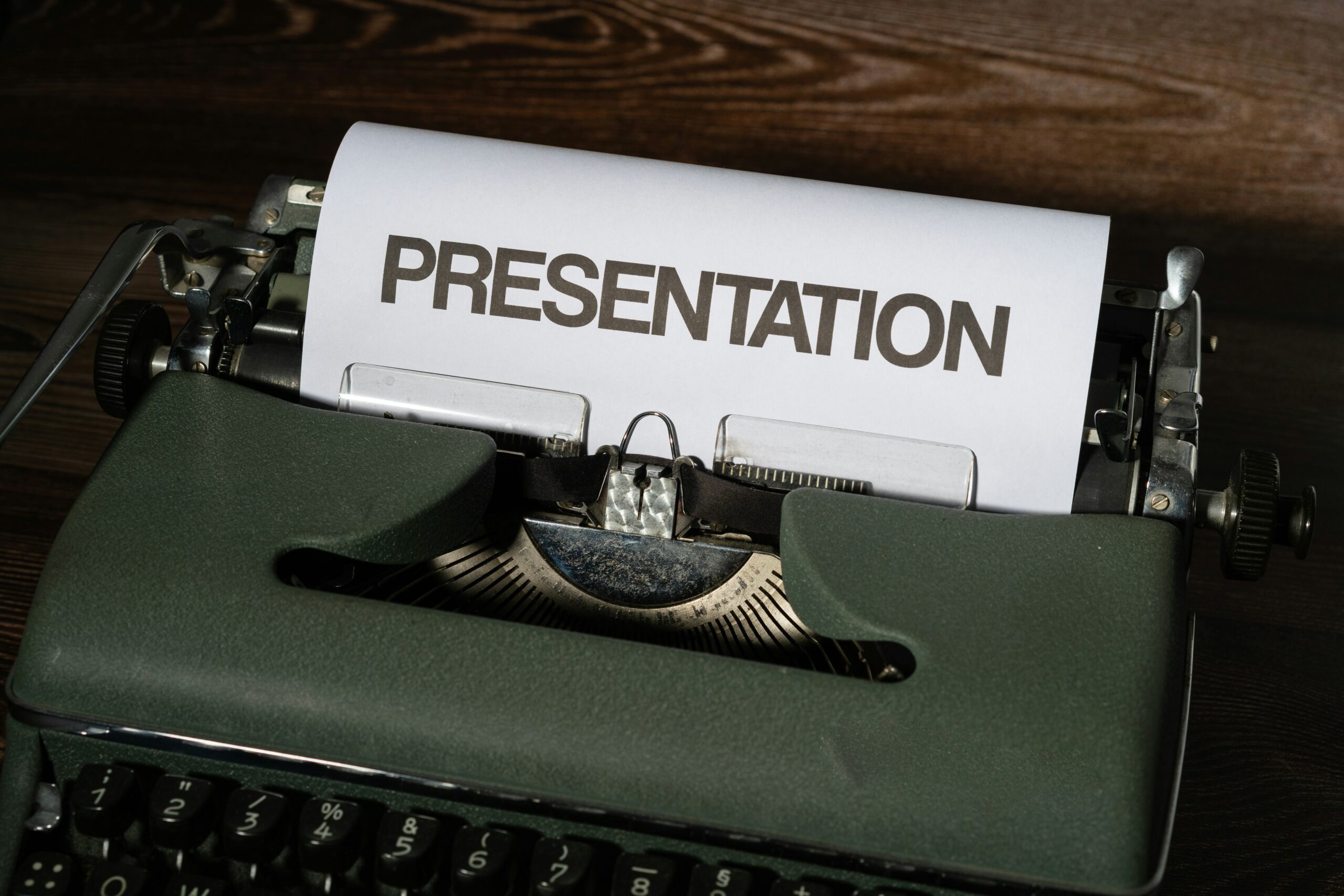
Presentation skills are essential in nearly every professional and social setting. Whether you are pitching a new idea, leading a meeting, or speaking at a conference, communicating clearly and confidently can make all the difference. Strong presentation skills help you deliver your message effectively, boost your credibility, engage your audience, and create lasting impressions. Here’s how you can develop and sharpen these vital skills to ensure your success.
Understand Your Audience and Purpose
Knowing who you are speaking to and why is the foundation of any great presentation. Tailoring your message to your audience’s interests, knowledge level, and needs helps ensure that your communication resonates. Ask yourself what your audience hopes to gain and what action you want them to take after your presentation. This clarity of purpose will guide your content, tone, and delivery style.
When preparing your material, focus on the key points you want your audience to remember. Avoid overwhelming them with excessive details or jargon. Instead, simplify complex ideas by using relatable examples and clear language. Being audience-centric will help you build connections and maintain attention.
Structure Your Presentation for Maximum Impact
A well-organized presentation helps both the speaker and the audience stay on track. Begin with a compelling opening to grab attention—this could be a surprising statistic, a story, or a thought-provoking question. Then, clearly outline your main points, supporting each with evidence or examples.
Transitions between sections should be smooth and logical, helping your audience follow your flow of ideas. Finally, conclude with a strong summary and a clear call to action if appropriate. Practicing this structure not only builds confidence but also increases the clarity of your message.
Enhance Delivery with Voice and Body Language
Your words matter, but how you say them matters as much. Vocal variety—pitch, pace, and volume changes—can keep listeners engaged and emphasize important points. Avoid speaking in a monotone or rushing through your speech, which may cause your audience to lose interest.
Equally important is your body language. Maintaining eye contact shows confidence and builds trust. Gestures can help illustrate points, but be mindful not to overdo them. Standing tall with an open posture conveys authority and approachability. Practicing in front of a mirror or recording yourself can help you identify habits to improve.
Manage Anxiety and Build Confidence
Many people experience nervousness before presenting, but learning how to manage this anxiety is key to confident delivery. Preparation is your best ally—knowing your material well reduces uncertainty. Rehearse multiple times, ideally in front of a supportive audience who can provide constructive feedback.
Techniques like deep breathing, visualization, and positive self-talk help calm nerves. Arriving early to familiarize yourself with the venue and equipment also reduces surprises. Remember, some nervous energy can enhance your performance if channeled positively.
Engage Your Audience Throughout
Interaction keeps your audience invested. Asking rhetorical questions, encouraging brief discussions, or using multimedia elements can maintain interest. Reading your audience’s reactions and adjusting accordingly demonstrates awareness and adaptability.
Moreover, storytelling is a powerful tool to make your message memorable. Personal anecdotes or case studies humanize your content and create emotional connections. When your audience feels involved, your presentation becomes more impactful.
Continuous Improvement Through Feedback
Even experienced speakers can improve. Seek feedback after your presentations from colleagues, mentors, or audience members. Reflect on what worked well and areas that could be strengthened. Recording your presentations allows for self-review to identify habits like filler words or pacing issues.
Attending workshops or joining organizations like Toastmasters offers valuable practice and coaching. Remember, presentation skills develop over time with consistent effort and learning.
Communicating with clarity and confidence is a critical skill that opens doors and drives success. By understanding your audience, structuring your content effectively, mastering delivery techniques, managing anxiety, engaging listeners, and embracing feedback, you can elevate your presentations to a professional level. Invest in developing these skills, and watch how your influence and opportunities grow.